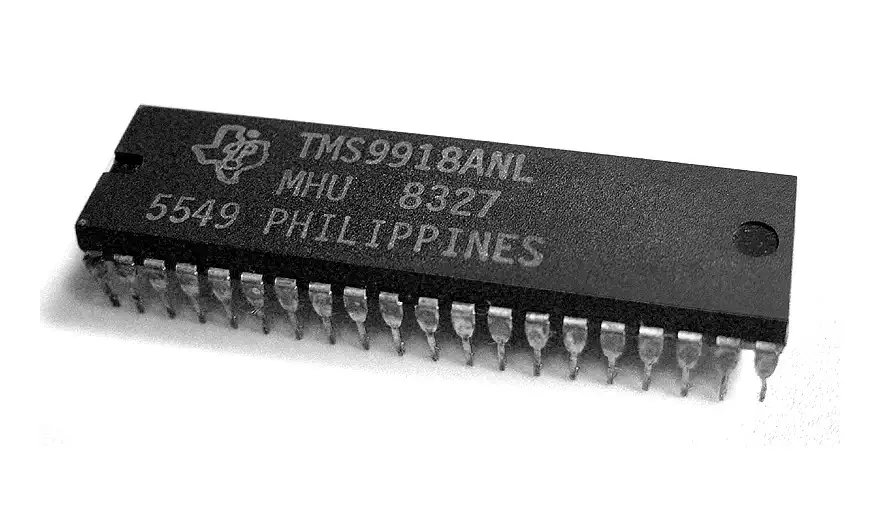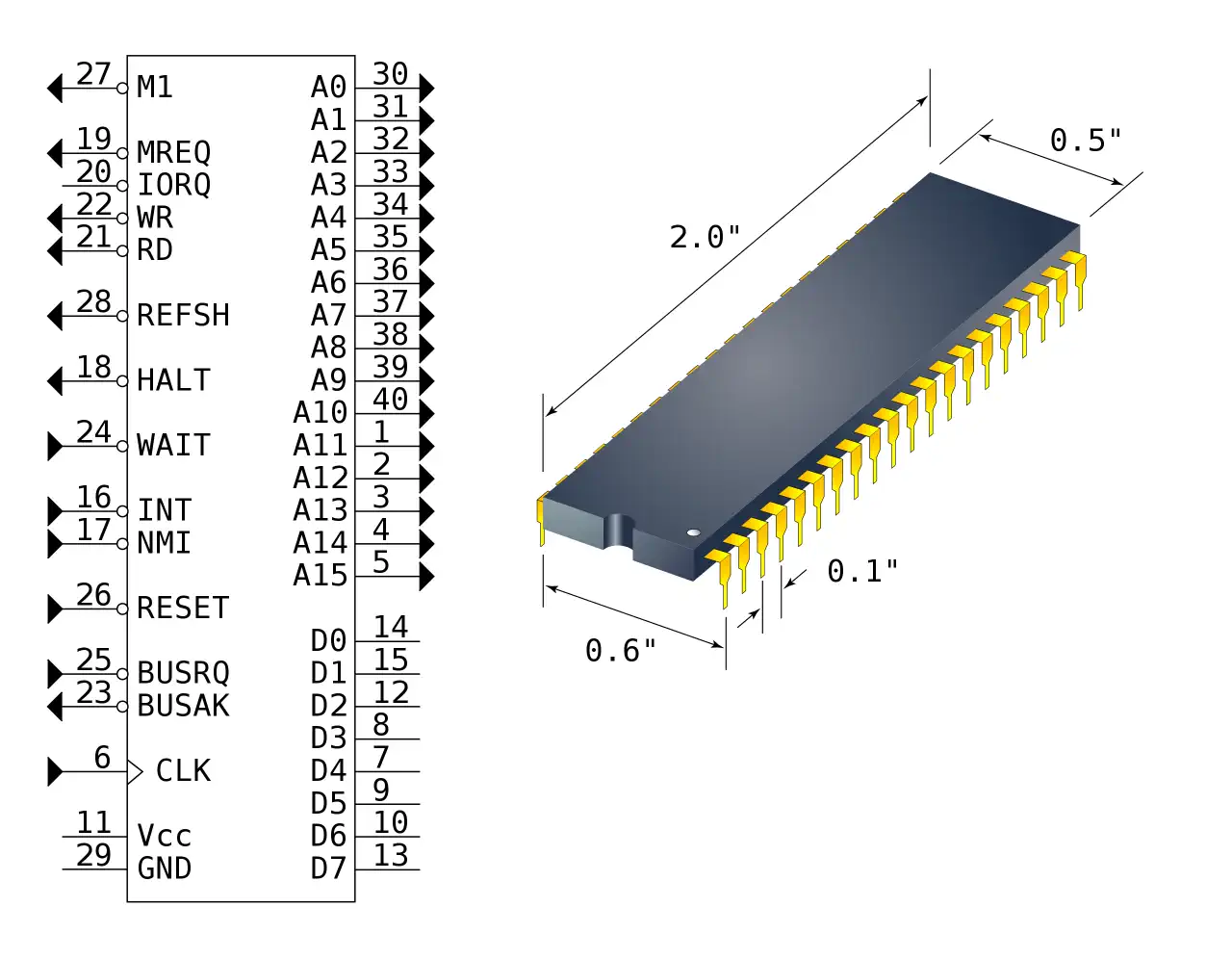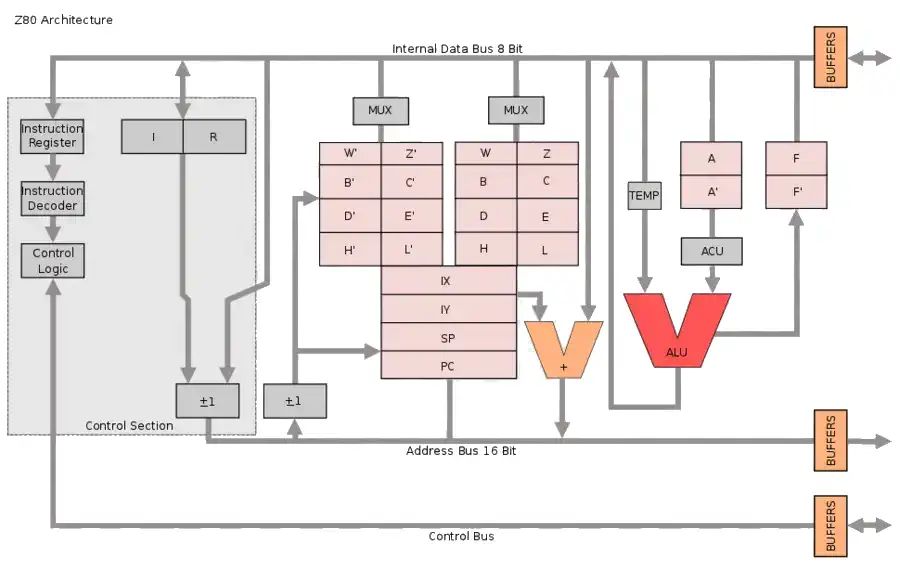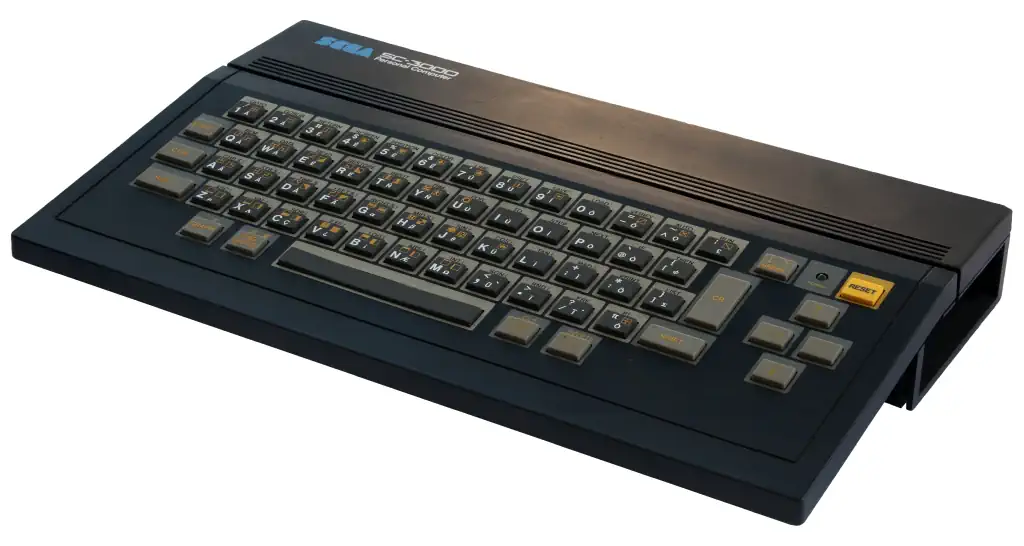Sega SC-3000
The SC-3000 is a computer designed by SEGA and was released in July of 1983 in Japan. It is very similar to the Sega Console SC-1000, which has an optional keyboard to function as a home computer. With the SC-3000 Sega wanted to establish a greater presence in the home computer market. The computer was released in Japan, Australia, France, Italy, Finland and New Zealand. It faced stiff competition from the established brands like Commodore and Atari.
The computer has a very small 2kByte RAM. The machine only functions if a ROM or an expansion RAM cartridge is inserted. The architecture is not unlike that of the MSX standard which uses the TMS9918 as the video display chip, and a Z80 CPU running at 3.58MHz. For audio the SC-3000 uses the SN76489A, a 3 channel, 1 white noise Programmable Sound Generator. There is an RF output, an audio and composite video output as well as an RGB video output on the Yeno model.
The SC-3000 came in three colors, red, black and beige. Sega later released an upgraded SC-3000H which is the same machine but has a better keyboard.
TMS9918 Series Video Display Processor (99n8, 99n9, 91n8, 91n9)
The TMS9918 is a series of video display controllers (VDC) manufactured in 1979 by Texas Instruments, also refered to as 'Video Display Processor' (VDP). The TMS9918 and its variants were used in the ColecoVision, CreatiVision, Memotech MTX, MSX, NABU Personal Computer, SG-1000/SC-3000, Spectravideo SV-318, Spectravideo SV-328, Sord M5, Tatung Einstein, Texas Instruments TI-99/4, Casio PV-2000, Coleco Adam, Hanimex Pencil II, and Tomy Tutor.
Key Features:
- 256x192 pattern based color pixels per screen
- 16 different colors
- 8-bit memory mapped CPU interface
- No need for DMA, CPU can access VRAM
- 32 single color Sprites per screen (4 per scanline)
Variants:
- TMS9918A - 60Hz output, NTSC video
- TMS9928A - 60Hz output, YPbPr video
- TMS9929A - 50Hz output, YPbPr video
- TMS9118 - Different RAM than TMS9918A, otherwise identical
- TMS9128 - Different RAM than TMS9928A, otherwise identical
- TMS9129 - Different RAM than TMS9929A, otherwise identical

Zilog Z80 CPU Family
The Z80 quickly became popular in the personal computer market, with many early personal computers, such as the TRS-80 and Sinclair ZX80, using the Z80 as their central processing unit (CPU). It was also widely used in home computers, such as the MSX range, SORD, and the Amstrad CPC, as well as in many arcade games. Additionally, it was also used in other applications such as industrial control systems, and embedded systems. The Z80 was widely used until the mid-1980s, when it was gradually replaced by newer microprocessors such as the Intel 80286 and the Motorola 68000.
The Z80 microprocessor was developed by Zilog, a company founded by Federico Faggin in 1974. The Z80 was released in July 1976, as a successor to the Intel 8080. It was designed to be fully compatible with the 8080, but also included new features such as an improved instruction set, more powerful interrupts, and a more sophisticated memory management system.
The Z80 quickly became popular in the personal computer market, with many early personal computers, such as the TRS-80 and Sinclair ZX80, using the Z80 as their central processing unit (CPU). It was also widely used in home computers, such as the MSX range, SORD, and the Amstrad CPC, as well as in many arcade games. Additionally, it was also used in other applications such as industrial control systems, and embedded systems. The Z80 was widely used until the mid-1980s, when it was gradually replaced by newer microprocessors such as the Intel 80286 and the Motorola 68000. The design was licensed to Synertek and Mostek as well as the European SGS.
The Z80s instruction set is binary compatible with the Intel 8080, so that 8080 code such as the CP/M Operating System and Intel's PL/M compiler for the 8080 can run unmodified on the Z80. The Z80 had many enhancements over the 8080 such as 16-bit data movement instructions, block copy and block I/O instructions, single bit addressing of all registers, IX/IY offset registers, better interrupt system and a complete duplicate register file for context switching during an interrupt.
Source: WikiPedia

RAM max: 64kB
VRAM: 16kB Sound Chip SN76489 PSG Sound PSG: 3 Square waves, 1 noise generator Display Chip TMS9918 Display 256x192 in 16 Colors Best Text 40x24 Best Color 16 Colors Best Graphics 256x192 Sprites 32 sprites, 4 simultanuously Storage ROM Cartridges, Cassette Tape Original Price ¥29,500


